Give Yourself An Early Christmas Gift Of Good Health And Energy
 It’s not too early to start thinking about the holidays, especially if you want to give yourself the Christmas gift of good health and energy. It’s not unusual for people who make holiday gifts to start early and even more important if you’re giving yourself the gift of a healthy lifestyle. If you start today, you’ll see the results you want for the holidays. Not only will you feel more energetic, you’ll look better, too. Dedicate the next few months to fitness and you’ll find sticking the program is even easier when the busy holiday times come around. You’ll have more energy to deal with all the chaos that the holidays bring, too.
It’s not too early to start thinking about the holidays, especially if you want to give yourself the Christmas gift of good health and energy. It’s not unusual for people who make holiday gifts to start early and even more important if you’re giving yourself the gift of a healthy lifestyle. If you start today, you’ll see the results you want for the holidays. Not only will you feel more energetic, you’ll look better, too. Dedicate the next few months to fitness and you’ll find sticking the program is even easier when the busy holiday times come around. You’ll have more energy to deal with all the chaos that the holidays bring, too.
You’ll learn how to make smarter decisions when it comes to food.
Getting fit isn’t all about working out, it’s about what you eat, too. Healthy eating isn’t dieting, but simply making smarter choices about food. You’ll learn how to choose food more wisely and make substitutions to make that choice healthier and lower in calories. Simple things like substituting Greek yogurt instead of sour cream to top potatoes not only boost nutritional values, they shave calories, too. Eating healthier can mean cooking differently and even changing some recipes. It can mean substituting applesauce for oil or sugar in baked goods and grilling, baking or broiling meat instead of frying. If you start now, you’ll be armed with all the information you need to avoid the extra pounds that normally come with the holidays.
You’ll start to see results of your workout in a month and by the holidays see significant changes.
If you stick to the program, it won’t be long before you see the difference in your fitness level. Not only will you notice that you have more energy, you’ll notice the difference in how you look. Of course, the longer you workout, the more impressive your appearance will become and the more energy you’ll have. If you have several months, the difference will be amazing and you may need to even buy new clothes for the holiday. It will be nice to tell friends and family your new size if they want to buy clothing for you as a gift.
You don’t have to pay a fortune if you workout in a group program or use the internet version.
Many people worry about the cost of personal training, but they often don’t realize there are other options, besides simply doing private sessions. Group training is a good way to save money, yet you also get a personalized program and best of all, enjoy the comradery of others in the group that also provide a great deal of motivation. You can even use online training if going to the Louisville gym is a problem.
- There’s no time better than now to start. Why wait to boost your energy level and look your best, when you can ring in the new year with a whole new body and attitude.
- Learning to eat and cook healthier dishes can help make the holidays healthier for the whole family. You’ll have the knowledge to make the meals not only delicious, but also nutritious.
- Starting today can give you a headstart on preparing for the holidays when life is at its busiest. You’ll have the program scheduled into your life by the time that the holidays roll around.
- You owe it to yourself and your family to be your healthiest. Too often people put their needs to the end of the line, but in order to help others, they have to be healthy.


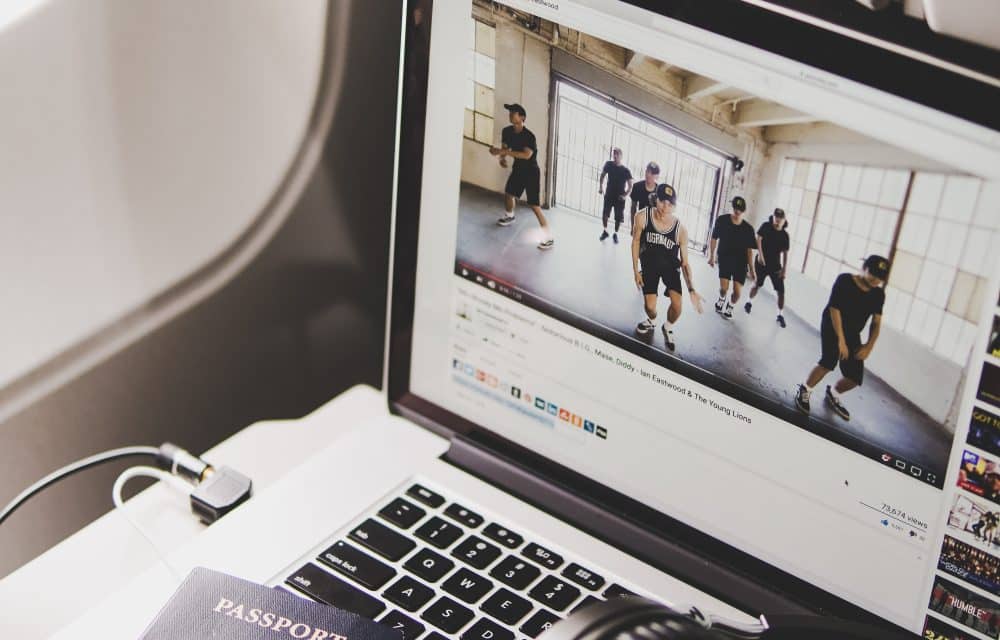
 If you don’t have the extra time to get to a gym or don’t have a gym near you, consider getting fit with online help. Not only is online training easier to fit into your schedule, it’s also far more affordable. You’ll get a personalized workout program and nutritional guidance at a fraction of the cost of individual face-to-face personal training. Whether you’re a busy working mom or dad, have erratic hours or have a schedule that doesn’t work with gym schedules, online training can make it easier to create your own workout schedule and it cost less. That’s a double win.
If you don’t have the extra time to get to a gym or don’t have a gym near you, consider getting fit with online help. Not only is online training easier to fit into your schedule, it’s also far more affordable. You’ll get a personalized workout program and nutritional guidance at a fraction of the cost of individual face-to-face personal training. Whether you’re a busy working mom or dad, have erratic hours or have a schedule that doesn’t work with gym schedules, online training can make it easier to create your own workout schedule and it cost less. That’s a double win.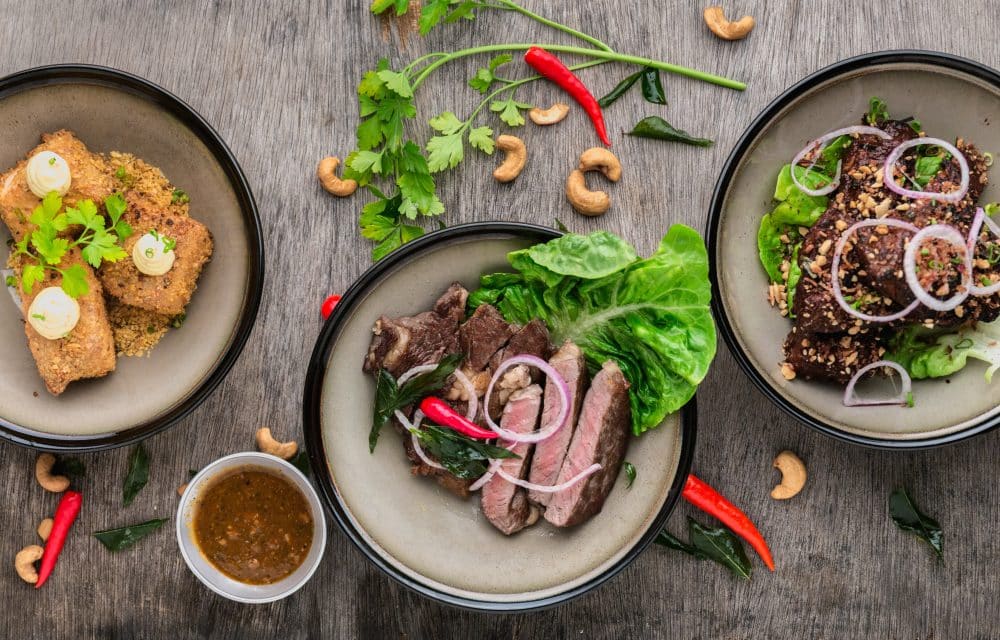


 To help you make the smartest choices in the food you eat, I’ve created an aid to choose from the best and worst low carb foods. Not all low carb foods are created equally. Low carb foods can help you on your goals toward weight loss, but some have more nutrition than others do. Obviously, the best ones will fall into the category of high nutrition and should be part of everyone’s daily diet. Not only will healthy low carb foods provide a way to boost nutrition, they also help you maintain weight after you lose those extra pounds.
To help you make the smartest choices in the food you eat, I’ve created an aid to choose from the best and worst low carb foods. Not all low carb foods are created equally. Low carb foods can help you on your goals toward weight loss, but some have more nutrition than others do. Obviously, the best ones will fall into the category of high nutrition and should be part of everyone’s daily diet. Not only will healthy low carb foods provide a way to boost nutrition, they also help you maintain weight after you lose those extra pounds.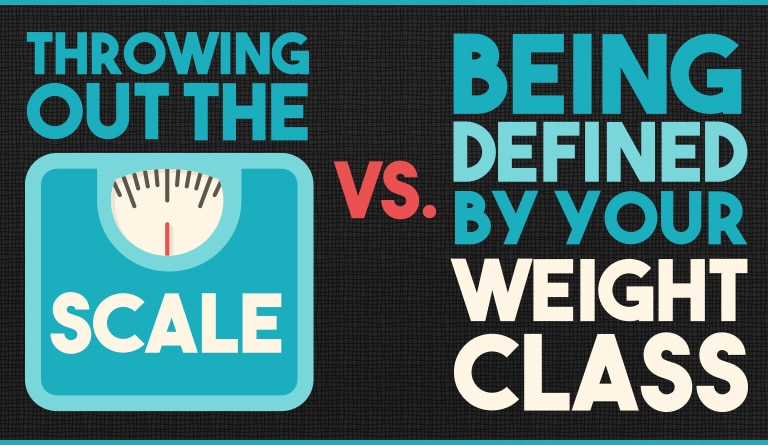
 There’s never been a discussion on whether to weigh yourself regularly when you diet. The question has always been whether you should do it daily, weekly or less frequently. The verdict is in according to one study. It’s always been a given that weighing yourself helps you track your weight. While some programs require a weekly weigh-in, some newer studies show that weighing daily may actually help. While one study showed that men benefited from daily weigh-ins, but women didn’t, another study of only women showed the same results.
There’s never been a discussion on whether to weigh yourself regularly when you diet. The question has always been whether you should do it daily, weekly or less frequently. The verdict is in according to one study. It’s always been a given that weighing yourself helps you track your weight. While some programs require a weekly weigh-in, some newer studies show that weighing daily may actually help. While one study showed that men benefited from daily weigh-ins, but women didn’t, another study of only women showed the same results.
 If you’re like many people, your job involves sitting all day and that could be slowly killing you. Studies show that you need to take a movement break at least once every thirty minutes to be at your fittest and avoid serious conditions that shorten your life. In other words, the more you sit, the bigger the potential for death or a life threatening condition.
If you’re like many people, your job involves sitting all day and that could be slowly killing you. Studies show that you need to take a movement break at least once every thirty minutes to be at your fittest and avoid serious conditions that shorten your life. In other words, the more you sit, the bigger the potential for death or a life threatening condition.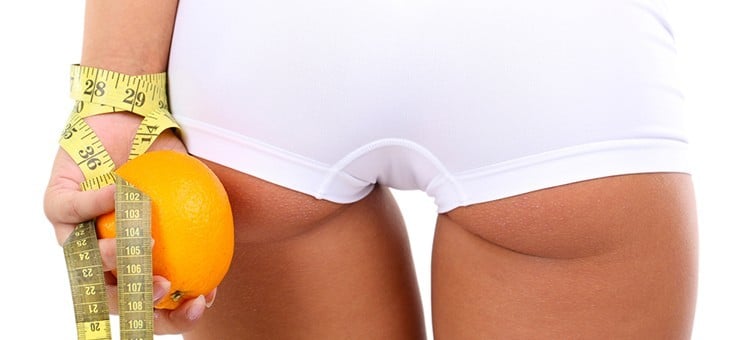
 No matter how overweight or thin you are, cellulite can be a problem. I’m constantly asked for the magic cure. The my that exercises remove cellulite is just that, a myth. But they do help to conceal the lumps and bumps of cellulite. Just like spot exercises, while they help remove fat deposits from all over the body, they don’t necessarily just attack the spot you’re exercising, but you are strengthening the underlying muscles and giving a more toned look to the area.
No matter how overweight or thin you are, cellulite can be a problem. I’m constantly asked for the magic cure. The my that exercises remove cellulite is just that, a myth. But they do help to conceal the lumps and bumps of cellulite. Just like spot exercises, while they help remove fat deposits from all over the body, they don’t necessarily just attack the spot you’re exercising, but you are strengthening the underlying muscles and giving a more toned look to the area.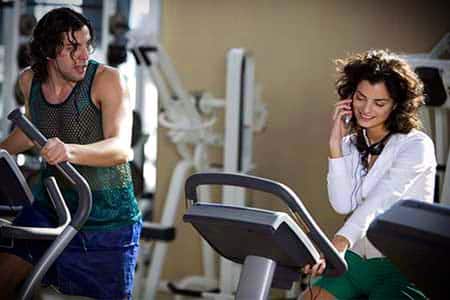
 Before you get the idea that you should discontinue all types of exercise because you’re not getting the results you want, you need to stop and see if you’re working out hard enough to make a difference. Don’t get me wrong, I applaud all forms of exercise. Doing something is always better than doing nothing at all, but for those who want to reach specific goals and see a difference from their workout, putting in the time isn’t enough. It takes commitment to getting the most from your workout time.
Before you get the idea that you should discontinue all types of exercise because you’re not getting the results you want, you need to stop and see if you’re working out hard enough to make a difference. Don’t get me wrong, I applaud all forms of exercise. Doing something is always better than doing nothing at all, but for those who want to reach specific goals and see a difference from their workout, putting in the time isn’t enough. It takes commitment to getting the most from your workout time.
 Many people in the workforce find themselves facing the dilemma of being unable to sit comfortably, lift or even move because of excruciating back pain. That leads to one of the biggest reasons for disability claims. It doesn’t have to be that way. You can exercise to prevent and relieve back pain. There’s a lot of reasons for the surge of this painful condition. One of them is prolonged sitting. Lack of activity and functional fitness is at the top of the list. Your muscles need to stretch and move to be at their healthiest. Improved circulation, strength and flexibility help tremendously. At one time, muscle relaxers and pain medication were at the top of the treatment list. With the high rise in pain medication addiction and more understanding of the problem, that’s no longer true.
Many people in the workforce find themselves facing the dilemma of being unable to sit comfortably, lift or even move because of excruciating back pain. That leads to one of the biggest reasons for disability claims. It doesn’t have to be that way. You can exercise to prevent and relieve back pain. There’s a lot of reasons for the surge of this painful condition. One of them is prolonged sitting. Lack of activity and functional fitness is at the top of the list. Your muscles need to stretch and move to be at their healthiest. Improved circulation, strength and flexibility help tremendously. At one time, muscle relaxers and pain medication were at the top of the treatment list. With the high rise in pain medication addiction and more understanding of the problem, that’s no longer true.